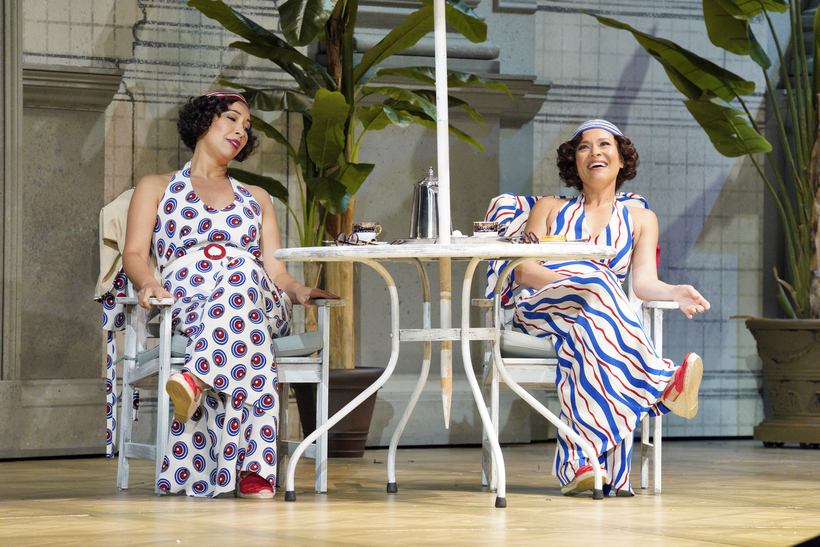The world has no reason to suppose that Mozart and the most celebrated of his librettists, the future Pennsylvania grocer and Columbia College professor Lorenzo da Ponte, thought of their joint creations as three panels of a single triptych, but since the mid 20th century, the fashion for mounting them that way has taken on the force of law. Musically, the rewards can be considerable. Theatrically, the exercise tends to involve lots of smoke and mirrors.
Meet the Canadian director Michael Cavanagh, mastermind of the San Francisco Opera’s fresh look at Le Nozze di Figaro (1786), Don Giovanni (1787), and Così fan tutte (1790). His bright idea has been to mount all three operas in the same American mansion, at different points in our history.

Before the pandemic, Cavanagh staged Le Nozze di Figaro as the late-18th-century period piece it is, with Old Glory waving o’er a white ruling class outmaneuvered by wily Black menials. Slated out of sequence for next summer, Don Giovanni will take us, we are told, to a post apocalyptic dystopia. For now, there’s Così fan tutte, with the historic estate repurposed as a country club, circa 1930. Paging Cole Porter!
Così fan tutte. “Thus,” in other words, “do all women.” That’s to say that they cheat, and that their vows are written in water. In Da Ponte’s blatantly sexist scenario (said to be based on a contemporary Viennese scandal), two sisters indeed prove false to two lovers who are foolish enough to test their loyalty. Beethoven and Wagner thought the tale unworthy of Mozart. Few today would agree, though many have contrived to rewrite the moral of the story. Let’s see where Cavanagh comes down.

The ensemble of six looks promising. Nicole Cabell plays Fiordiligi, who wrestles heroically with her conscience, alongside Irene Roberts as her sister Dorabella, who just wants to have fun. Benjamin Bliss is Ferrando, the lyrical idealist, opposite John Brancy as the strutting ladies’ man Guglielmo. Nicole Heaston appears as Despina, the sisters’ worldly-wise chambermaid, in cahoots (for the money) with the philosopher Don Alfonso, who has all the others dancing on his string. Vocally speaking, Alfonso is no bravura assignment, but in the hands of a shrewd interpreter like the veteran Ferruccio Furlanetto, he can grow diabolical.
The Mozart-Da Ponte trifecta includes six principal parts for bass-baritone: both Figaro and his rival Count Almaviva, both Don Giovanni and his sidekick Leporello, both Guglielmo and Alfonso. In the high noon of his career, Furlanetto sang them all for a who’s who of exacting Mozarteans. With credentials like his, he could well steal the show.
Così fan tutte is on stage at San Francisco Opera from November 21 through December 3. Live streams of the performance are available on the San Francisco Opera Web site on November 21, 23, and 27
Matthew Gurewitsch writes about opera and classical music for AIR MAIL. He lives in Hawaii

